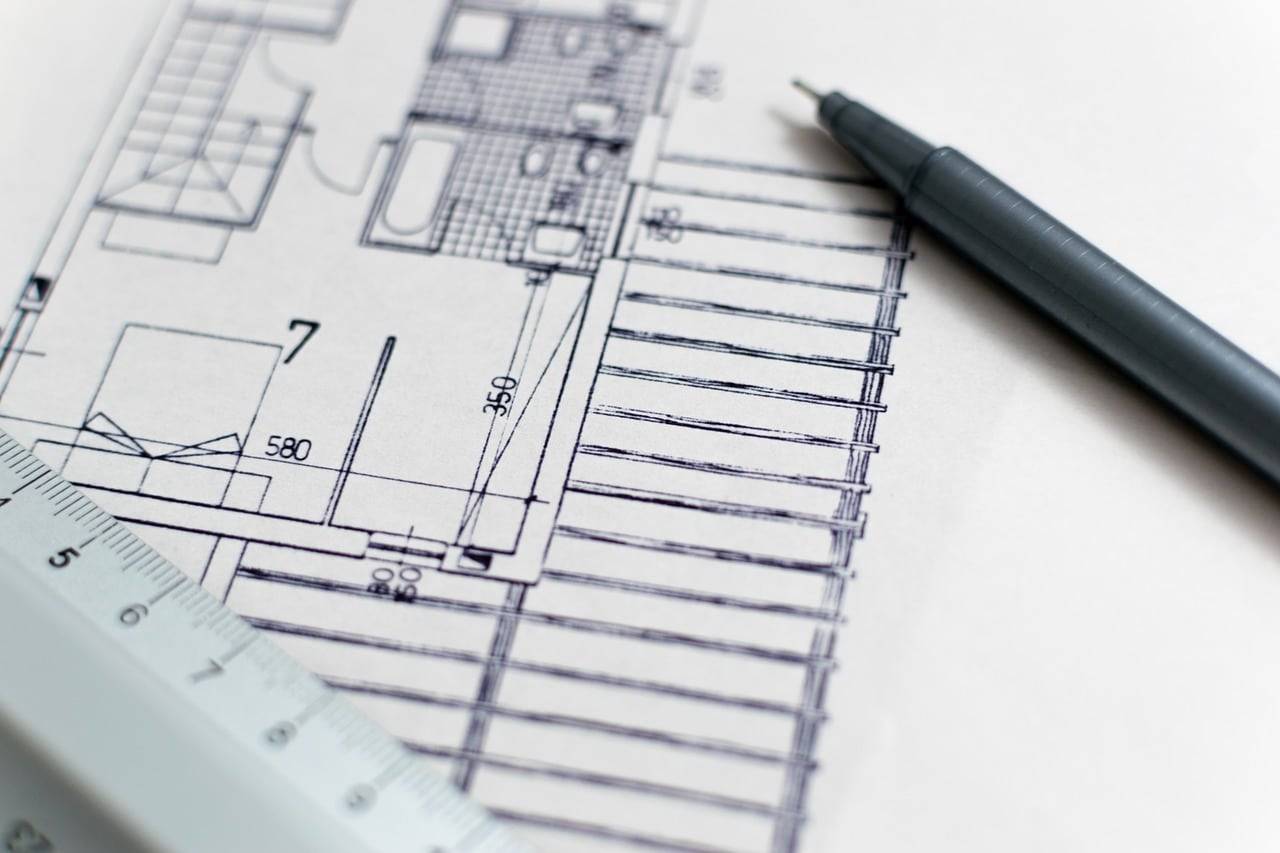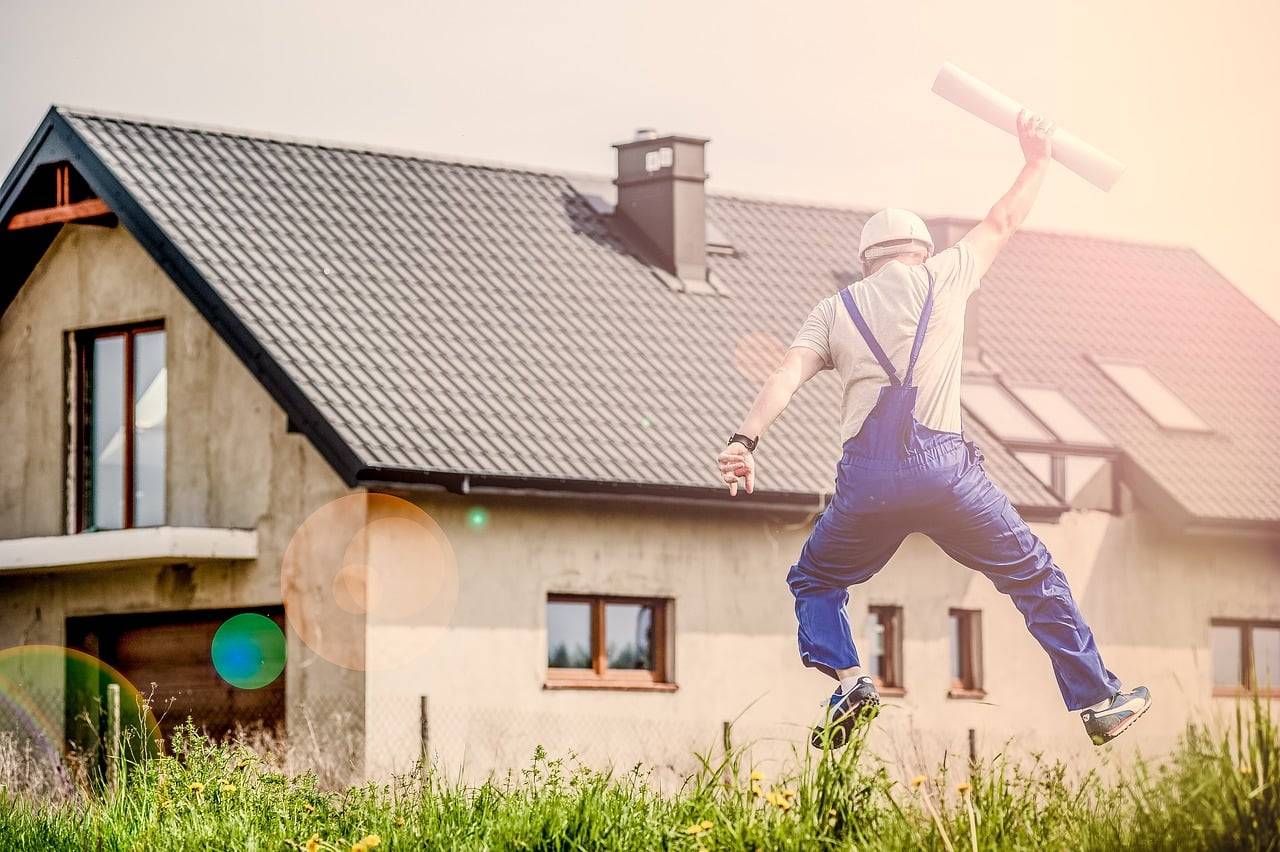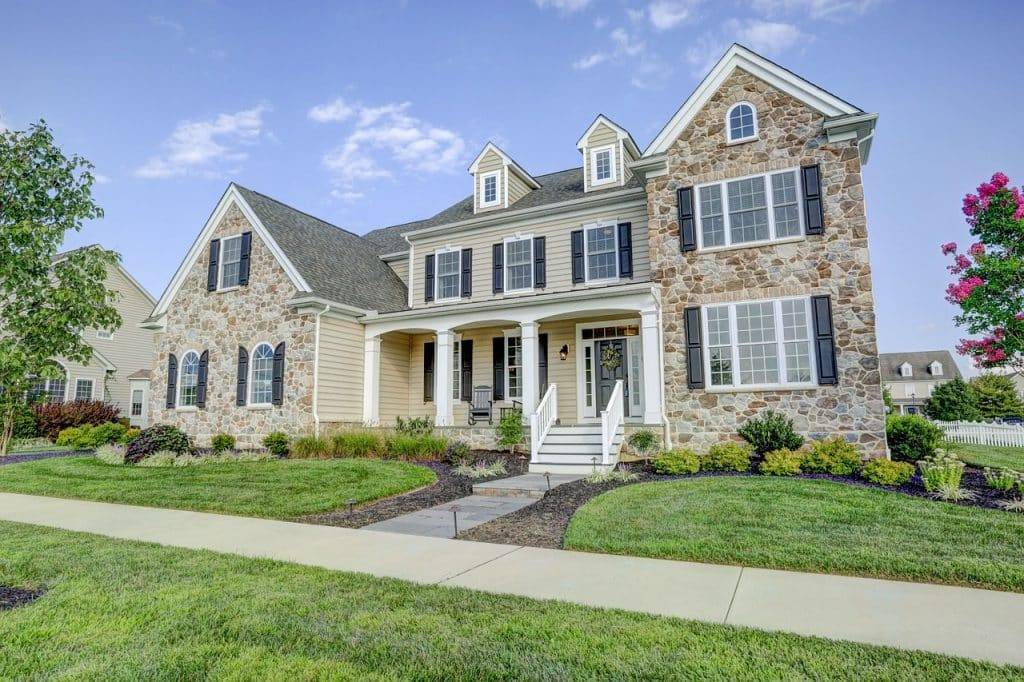Active vs. Passive Appreciation in Real Estate
What Every Homeowner and Investor Should Know
In real estate, the term appreciation refers to the increase in a property’s value over time. While this is a common goal for homeowners and investors alike, few realize there are two distinct types of appreciation: active and passive. Understanding the difference between them — and how to maximize both — can be the key to long-term wealth through property ownership. Active vs. Passive Appreciation in Real Estate. How to Leverage Both for Increasing Property Value and Building Wealth. By Joanna “JoJo” Jones, Sheridan Solomon.
Let’s break this down, including what each type means, how they work, and how you can benefit from them.
Active vs. Passive Appreciation in Real Estate
What Is Property Appreciation?
Property appreciation is simply when a piece of real estate becomes more valuable than it was when purchased. Appreciation can happen naturally due to economic growth, or it can result from specific improvements you make to the property.
That’s where active and passive appreciation come into play.

Active vs. Passive Appreciation in Real Estate
What Is Active Appreciation?
Active appreciation is when a property’s value increases because of actions you, the owner, take to improve it. These improvements can be physical (like renovations) or strategic (like improving management or zoning changes).
Examples of Active Appreciation:
-
Renovating the kitchen or bathrooms
-
Adding square footage (like building a deck, sunroom, or finishing a basement)
-
Improving landscaping or curb appeal
-
Repainting or upgrading flooring
-
Converting a single-family home to a multi-unit rental
-
Rezoning or obtaining permits for different use cases
Why It Matters:
Active appreciation gives you more control over your property’s value. Investors especially rely on it to “force equity” into a property, often through a buy-renovate-sell (or rent) strategy.
But it also applies to homeowners who want to boost their home’s market value before listing it for sale.

Active vs. Passive Appreciation in Real Estate
What Is Passive Appreciation?
Passive appreciation, on the other hand, happens when the value of your home rises due to external factors — things you can’t control but benefit from.
Examples of Passive Appreciation:
-
Growing demand in your local market
-
New infrastructure (roads, parks, schools, public transit)
-
Economic development and job growth nearby
-
Low interest rates or favorable lending conditions
-
General inflation increasing asset values

Why It Matters:
Even if you don’t make any changes to your property, your home can still grow in value over time. This is why location is such a critical factor in real estate. Choosing the right area can lead to substantial passive appreciation over the long term.
Active vs. Passive Appreciation Comparison Chart
| Aspect | Active Appreciation | Passive Appreciation |
|---|---|---|
| What It Is | Value increase through owner-led improvements | Value increase from external market forces |
| Owner Control | High | Low |
| Requires Investment? | Yes (time, money, or both) | No |
| Common Strategies | Renovation, expansion, rezoning | Buy and hold, invest in appreciating areas |
| Time-frame | Short to medium term | Long term |
| Risk Level | Moderate to high | Lower |
| Example Scenario | Remodeling a kitchen to raise resale value | Value rising due to new developments in the area |
How to Calculate Each Type of Appreciation
Active Appreciation Formula:
Active Appreciation = After Repair Value (ARV) – [Purchase Price + Cost of Improvements]
Example:
-
Purchase Price: $250,000
-
Renovation Costs: $40,000
-
After Repair Value: $325,000
Active Appreciation = $325,000 – ($250,000 + $40,000) = $35,000
Passive Appreciation Formula:
Passive Appreciation = Current Market Value – Original Purchase Price
Example:
-
Purchase Price: $300,000
-
Current Market Value (5 years later): $375,000
Passive Appreciation = $375,000 – $300,000 = $75,000
Tax Implications of Appreciation
Whether your property increases in value passively or through your own improvements, you may owe taxes when you sell.
Capital Gains Tax:
-
If you’ve owned the property for more than a year, you’ll likely pay long-term capital gains tax.
-
Homeowners can exclude up to $250,000 ($500,000 for married couples) if they’ve lived in the home for at least 2 of the past 5 years.
Depreciation Recapture (Investors):
-
If you depreciated the property for tax purposes, the IRS might “recapture” some of that when you sell.
1031 Exchange (Investors Only):
-
A tool that allows investors to defer capital gains tax by reinvesting proceeds into another investment property.
Tip: Always consult a tax professional to understand the best strategy for your unique situation.

How to Maximize Both Active and Passive Appreciation
Boosting Active Appreciation:
-
Target renovations with high ROI – Focus on kitchens, bathrooms, and curb appeal.
-
Keep maintenance up to date – Deferred maintenance lowers perceived value.
-
Upgrade for energy efficiency – Solar panels, insulation, and efficient appliances increase value.
-
Stage and present well when selling – Even low-cost cosmetic improvements can increase perceived worth.
Encouraging Passive Appreciation:
-
Buy in growth markets like Macon Georgia – Look for areas with job creation, population growth, or major development plans.
-
Stay long term – Time in the market often beats timing the market.
-
Monitor economic trends – Understanding local infrastructure projects or housing shortages can guide you to smart purchases.
Real-Life Example: Active + Passive Appreciation
Let’s say you bought a home in 2018 for $250,000 in a fast-growing suburb. Over five years, the local market appreciates by 20% — that’s passive appreciation worth $50,000.
At the same time, you invest $30,000 in renovating the kitchen and bathrooms, which increases the value by another $40,000 — that’s active appreciation.
Total Value Increase = $50,000 (passive) + $40,000 (active) = $90,000
That’s a massive boost in your property’s equity — just by being in the right place and making smart improvements.

Final Thoughts
Whether you’re a first-time home buyer or a seasoned investor, understanding the difference between active and passive appreciation helps you:
-
Make smarter purchasing decisions
-
Prioritize renovations with real return
-
Time your sale more strategically
-
Leverage your property to grow wealth
Both types of appreciation are powerful tools — but together, they can transform your financial future.
Curious what your home is really worth?
Let’s take a closer look at both active and passive appreciation to uncover your property’s true value. Whether you’re planning upgrades or just watching the market, I’m here to help you make smart, informed decisions.



